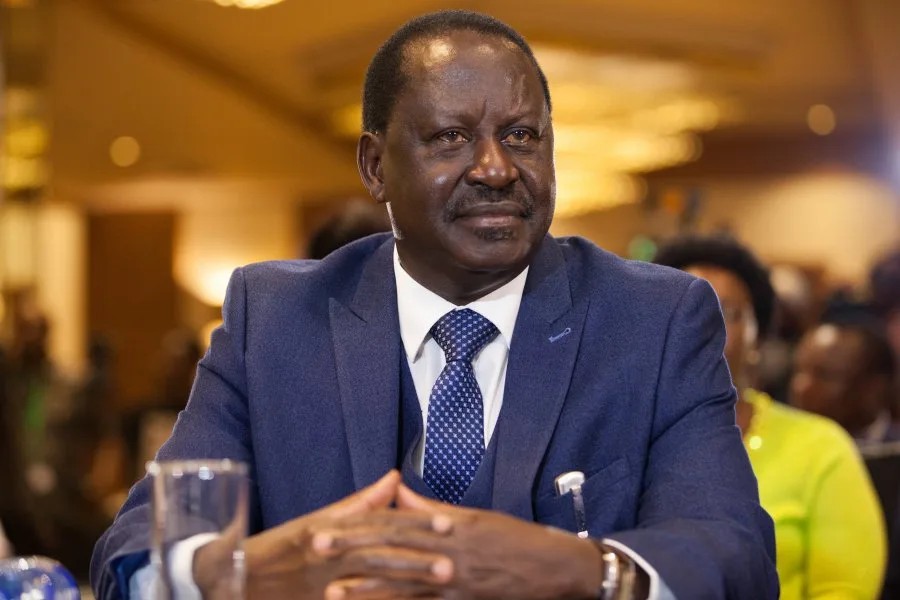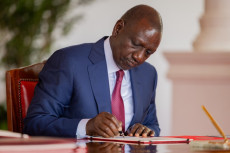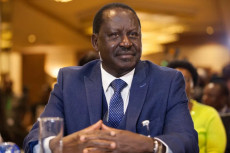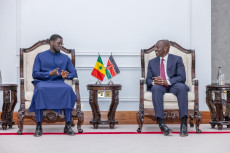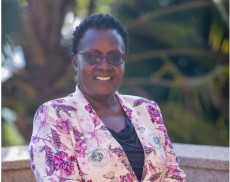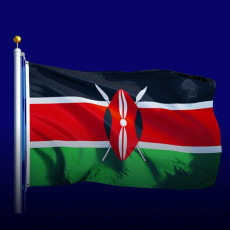- For decades Raila Odinga has shaped Kenya's democracy,economy and identity and now the question remains as to who will inherit Raila's indurstry and how his legacy will endure.
The passing of former Prime Minister Raila Odinga often simply “Baba” on October 15, 2025, marks the end of a defining chapter in Kenyan politics. But it also reveals the enduring, intricate machinery built around his name. For more than four decades, Raila was not just a politician he was a brand, a movement, and to many, a lifestyle.
From his role in Kenya’s second liberation and the push for multiparty democracy to his relentless presidential campaigns and historic “handshakes,” Raila’s career reshaped the visionary politics of the nation. His journey spanned the single-party era of the early 1990s through the fierce elections of 2007, 2013, 2017, and 2022.
Even when not in power, Raila commanded Kenya’s political discourse. His ability to mobilize millions, build coalitions, and influence voter behavior made him both kingmaker and disruptor. The pact he struck with President William Ruto in March 2025 uniting the Orange Democratic Movement (ODM) with the ruling coalition was proof that Raila’s influence extended both inside and outside government.
Behind the politics thrived an entire economic ecosystem. His rallies were mini-industries, employing thousands of logistics teams, branding firms, event organizers, security personnel, political analysts, journalists, and media consultants.
The “Baba economy” flourished during election seasons, with entrepreneurs selling merchandise, designers printing T-shirts, and consultants monetizing political strategy. His campaigns, often fueled by donor and diaspora funding, became national initiatives where conviction met commerce.
Read More
Traditionally, Raila transcended politics to become a living symbol. Among the Luo community and far beyond, he was not merely a leader but a marker of identity an emblem of resistance and reform. Kenyan artists, meme-creators, and musicians drew from his image to build entire genres of political expression.
“He was a movement, with an almost cult-like following,” noted a tribute. His bynames “Baba,” “Agwambo,” “Tinga”carried both reverence and intimacy, a rare emotional ownership few leaders ever earn.
In the media landscape, Raila was a constant presence. Every appearance, statement, or alliance made headlines and trended online. During the June 2025 protests, he cautioned opportunists: “Kenyans need solutions between now and 2027. Household costs are insufferable, taxes overwhelming, and corruption at its peak.” His words, like his rallies, could calm tempers or ignite passions overnight.
Raila’s story fills documentaries, biographies, and academic studies. On social media, he was a trendsetter, his name alone could spark digital conversations from Nairobi to the diaspora.
Systemically, his impact was revolutionary. Under his leadership, ODM grew beyond a political party into a lifestyle brand, complete with products, songs, and loyal community networks. He helped steer national reforms: the 2010 Constitution, devolution, and the ill-fated Building Bridges Initiative (BBI).
The “handshake politics” he pioneered first with Uhuru Kenyatta in 2018, then with Ruto in 2025 blurred the line between government and opposition, redefining political cooperation in Kenya. His influence extended into the private sector and state institutions. Proximity to Raila often meant access political, economic, and symbolic.
Yet his legacy is not without controversy. His dominance polarized Kenya’s political scene, making mass mobilization a recurring strategy. Critics called him a “career oppositionist,” thriving on defiance more than governance. Others felt his pact with Ruto betrayed the revolutionary image that inspired many.
In July 2025, Raila clarified: “We are part of the coalition government until 2027. We did not say we are going to work with UDA beyond 2027.” That duality defined him contender and insider, reformer and negotiator.
Now, in the aftermath of his death, Kenya faces an uncertain future. Who inherits the “Baba brand”? Some point to his daughter, Winnie Odinga a rising figure in politics and online activism. Others foresee ODM fracturing without its patriarch. President Ruto’s eulogy captured the nation’s sentiment: “His name will forever be engraved in the story of our Republic.”
Raila Odinga’s legacy goes beyond elections or government positions. He built an empire, an invasion of politics, economy, culture, and faith. His rallies were not mere political events but festivals of hope.
His speeches, often laced with resistance and poetry, shaped generations. Now that he is gone, Kenya must decide what remains of the world he built. Will the Raila industry crumble, evolve, or persist under new guardians? Whatever the outcome, one truth stands: the era of Baba has ended, but his imprint on Kenya’s soul may never dwindle.
Stay connected with us on WhatsApp and X for instant updates and breaking news as it happens.

